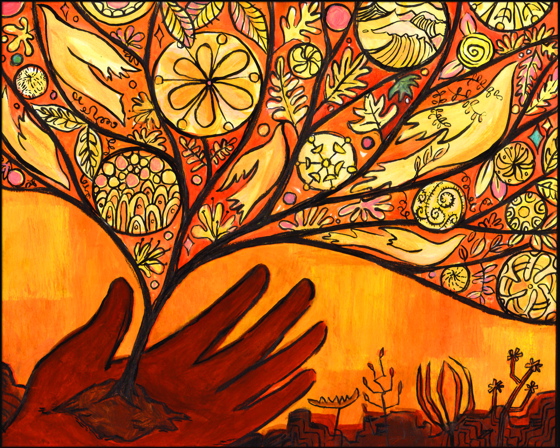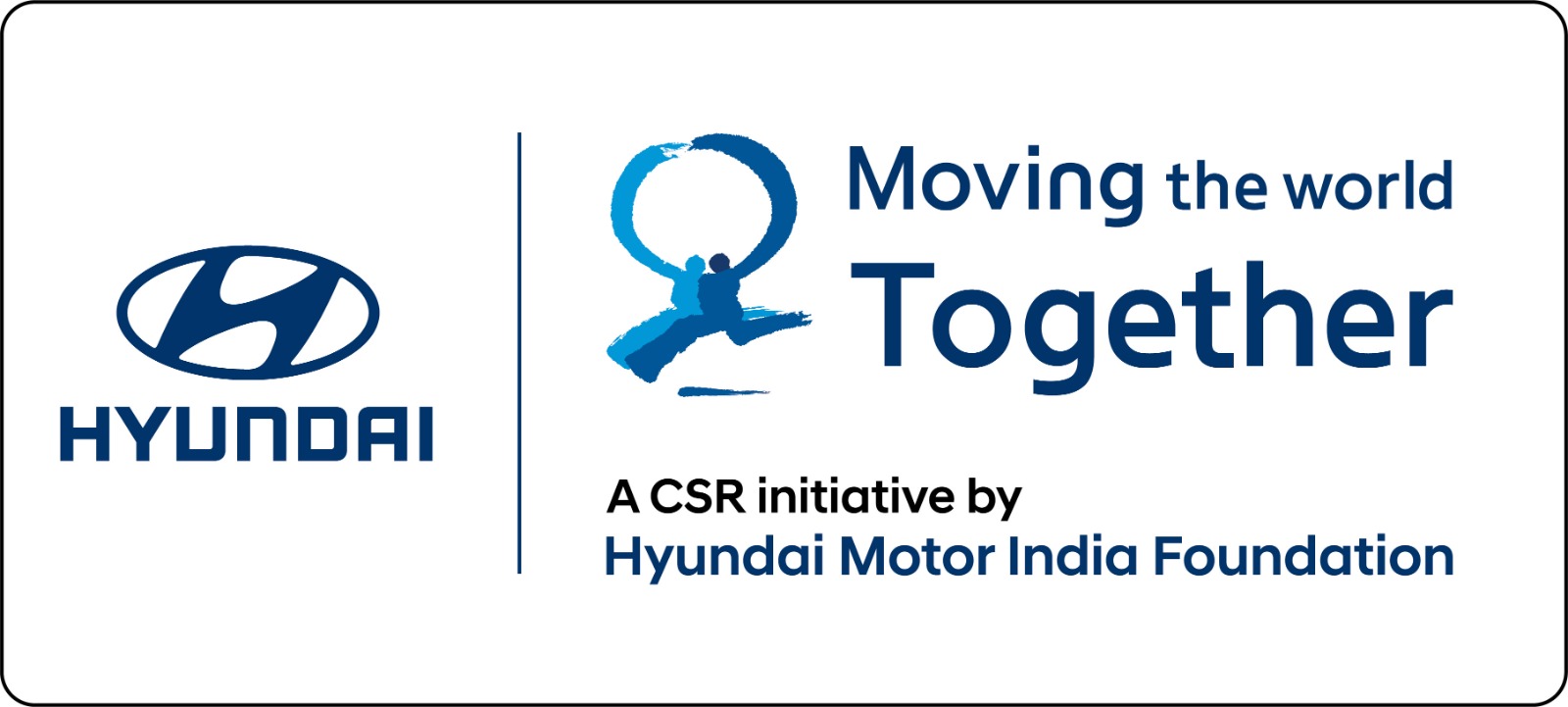“Although the pursuit of distributive justice is often thought to require a political or collective response, we should not allow this to let us off the hook when it comes to personal morality. Each of us could probably afford to give much more too private, charitable efforts to alleviate poverty and suffering. Indeed, given the failure of our political leaders to provide anywhere near an adequate response, private action has become indispensable.” …………………….. Prof William Sundstrom.
India, the land of great diversity and spirituality has also been the ground where act of giving, ‘Dāna’ has its roots ingrained deep inside its philosophical base. The word Dāna has originated from the Sanskrit and Pali word that connotes the virtue of generosity, charity or giving of alms in Indian philosophies. In simple terms, it is the act of giving something. Every religion practised and preached here, has some roots or elements of giving attached to its philosophical base. Since then, time has evolved and moved with the changing nature of society and so has the philosophy of Giving in India.
Though there are different forms of giving, i.e. in form of material, cash and giving in kind, the modern terminology attached with the term Giving is now frequently used as “Philanthropy Giving”. Moreover, the legal sanction supporting this philosophy of giving, has been in form of the recent laws, amended through Companies Act 2012 leading to formulation of Corporate Social Responsibility (CSR), to ensure and inculcate ‘giving practise’ behaviour for corporates falling under the banner of Trusteeship. As per OneStage’s report – India Giving: Insight into the nature of giving across India, 2012, giving is widespread in India, but giving to charities however, is not. The reason being, significant amount of giving goes for religious giving – either through ‘gupt dana’ (secret giving) or through direct form via donation made to religious institutions. Out of 10 Indians, 7 link their giving to their faith. However, when analysed from the geographical lens, it is interesting to note that different regions in India demonstrate different giving behaviours. For instance, in South as compared to the North region, people are most likely to give to charitable cause, followed by religious giving. Demographically too, it has been observed, that giving is equivalent amongst both the sexes across different age-groups, however, dominant being the youth (people belonging to age-group 18- 35). What is intriguing is to note what motivates people to give or the psychological indicators behind all this forms of giving as per various reports on giving trends in India? Why certain giving behaviour differs in terms of geographic or demographic reason? And finally, where does the future of giving in India lie?
A belief that philanthropy giving in India is on rise and widespread, yet in reality, not enough evidence can supplement its size, scope and impact considering the generosity levels of Indians. It is imperative to underpin the growth and nature of giving in India the past few decades, dealing with both individual and corporate giving after its legal sanctity. It is also believed that common people give more when they are convinced that their giving does make a difference. To create a sustainable giving culture, one would therefore need to ensure that the donations are channelled efficiently to the most affected individuals or effective not for profit organizations in order to see meaningful impact.
OneStage has been consistent in its endeavour to understand and present a holistic picture to trace the giving trend among Indians, especially, how millennials donate in India? It is Interesting to note the likelihood of donating money remains fairly consistent across all age groups. Those aged 25 years and under are less likely to donate money to charitable organisations than older age groups. Broadly speaking, males give more than females. What is compelling about the value of giving through the female life stages is that the youngest adult women are the most generous; this is a finding that will undoubtedly merit further research. This brings us to the point that for the charitable sector in India, one of the fundamental long term challenges will be to create an environment in which donors are able to give through formal organisations and feel comfortable about it. Moreover, digital revolution in India has led to alternative means of donation, such as e-platforms. These have now ensured accountability and transparency in all forms of donations.
Search
Categories
Recent Posts
- A brief visit to a project site in Gurugram
- How was OneStage born?
- ‘The plight of people moved me, and the heroic efforts of frontline workers inspired me to support COVID Relief work’
- 7 ways to take care of your Mental Health during the pandemic
- 5 things you must keep in mind before forwarding information on COVID












.png)

.png)

